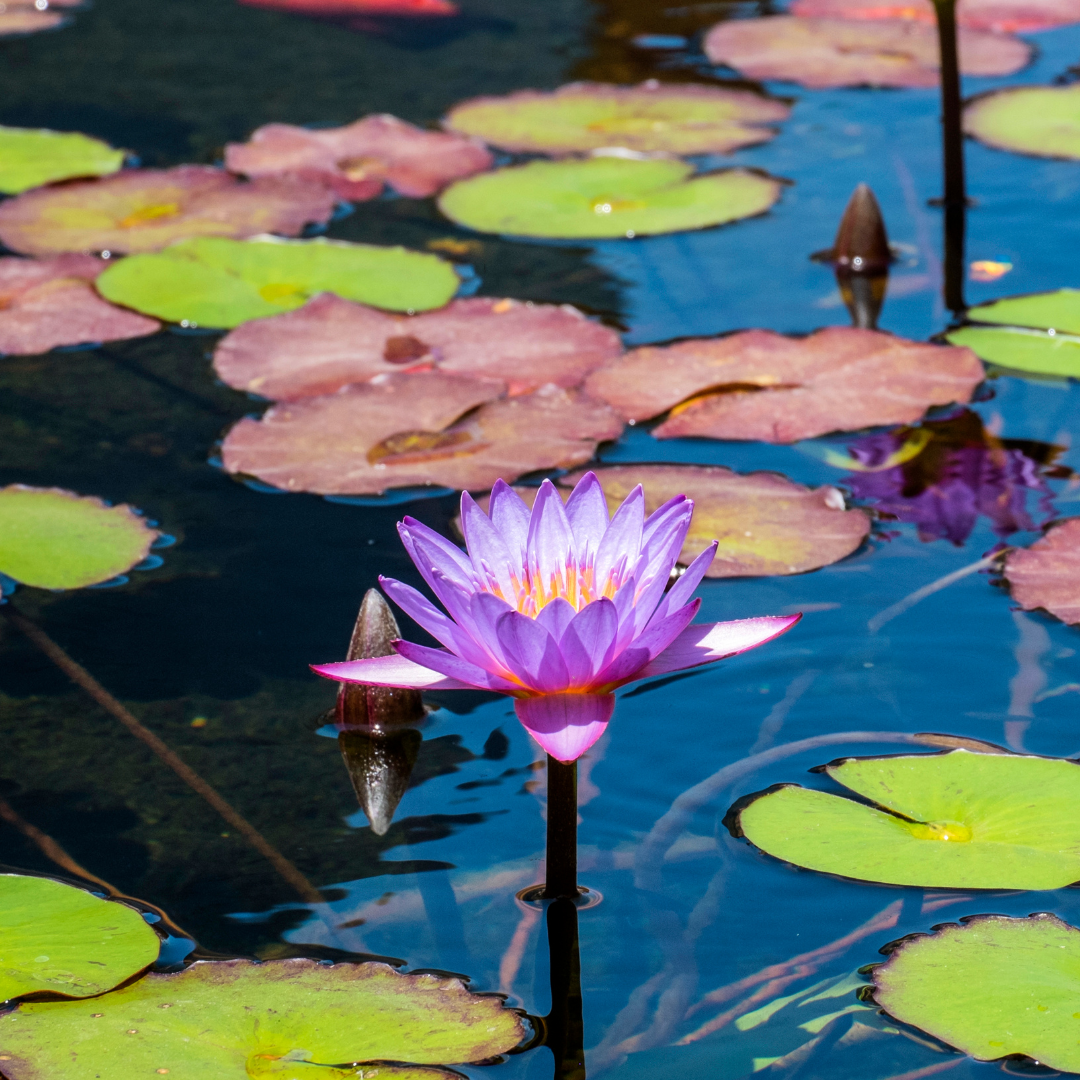
The Blue Lotus flower Nymphaea caerulea, also known as the water lily, is a type of plant that can be found in various parts of Asia and Egypt. The Blue Lotus flower is a symbol of cultural importance in various parts of Asia. The Blue Lotus flower has been used historically, most famously in Egypt, to open the third eye chakra and induce visions. Blue Lotus is also recognized as a symbol of the Buddhist religion and has been used in Eastern medicine for hundreds of years.
Despite the many claims of blue lotus flower’s health benefits, there’s only limited research on the plant. Historically, it’s been used recreationally claiming it can improve sleep, reduce anxiety, assist with erectile dysfunction, and act as a natural aphrodisiac.
The term hallucinogenic or psychosis is often used to refer to the effects of the flower. Its main psychoactive compounds are apomorphine and nuciferine. These substances act like a dopamine agonist, which can cause a happy and euphoric feeling.
Ancient art has been found depicting Blue Lotus. A bust of a character that is adorned with a nymphaea has been found in the site of Bonampak in Mexico. In Palenque, a bas-relief of a pair of priests has also been found. One of the priests has a Nymphaea bud emerging from his head, and the other has the same bud emerging from his headpiece. Such striking similarities in such distant cultures lead to the conclusion that the plants had a common use.
The use of N. caerulea is depicted in rites and rituals in the frescoes within Egyptian tombs, and in very early papyrus scrolls. The most important of these was the scroll of Ani (Book of the Dead). Nymphaea is mentioned and represented in several chapters of the book, and used in magical-religious rites. Tutankhamon’s tomb contained a gold-plated shrine decorated with a bas-relief of a pharoah holding a huge Nymphaea and two mandragoras in his left hand. Nymphaea flowers were also depicted in frescoes from the tomb of Nebaum (XVIII Dynasty, 1370-1318 bc) found in Luxor, and now located in the British Museum.
Some people even smoke or make a tea of the flower but the safest way to use this flower is in aromatherapy by inhaling and applying the blended essential oil. The essential oil can safely enter the body through the skin and nasal passage. The extraction method of the essential oil uses steam distillation (no synthetics) and the scent is a beautifully sweet, floral, green with a bit of a spicy note and smells divine! You can find Hyacinth Moon’s Blue Lotus perfume oil in the link below.


